Hands-on history: San Joaquin Historical Museum is cool fun for kids of all ages
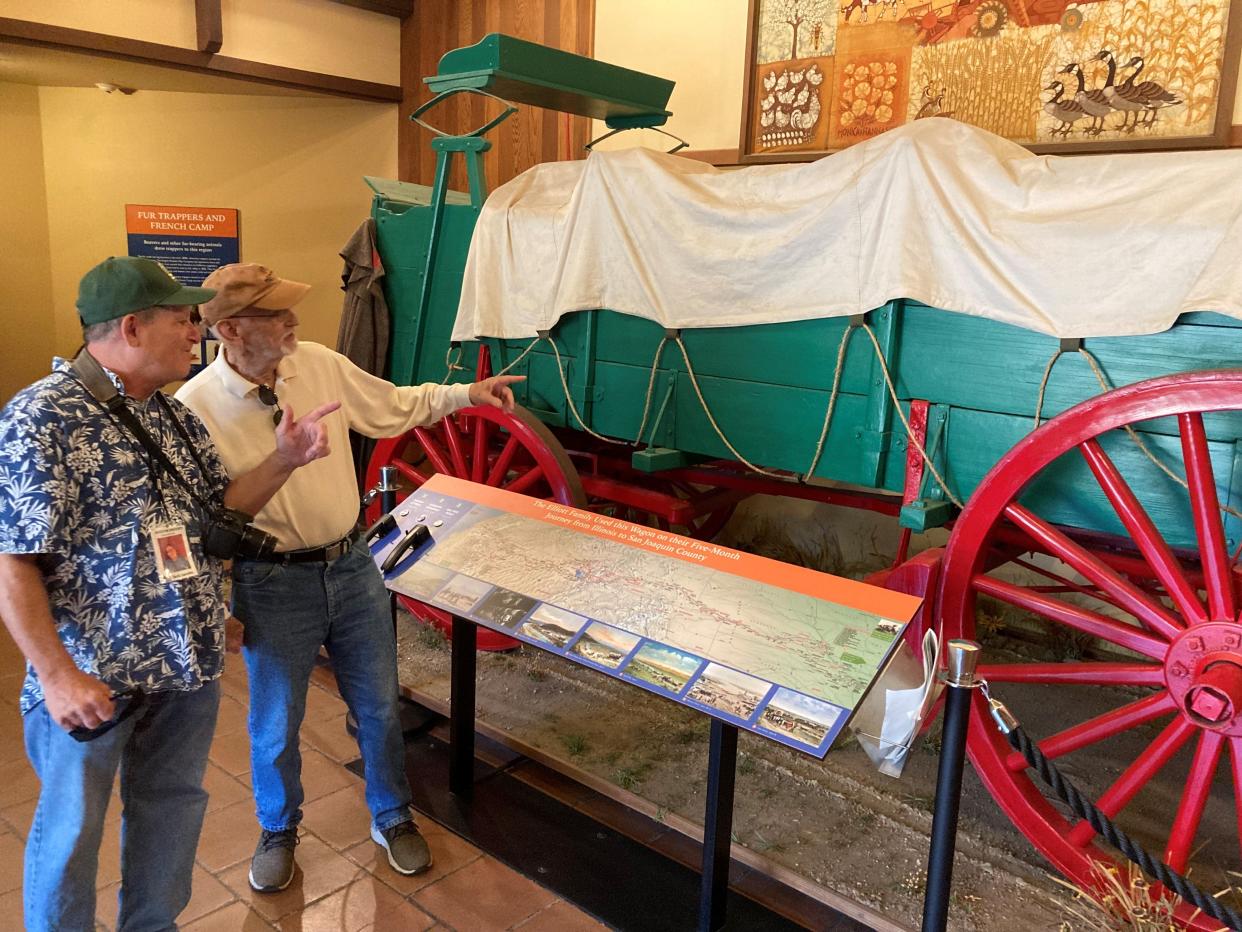
Query long-time county residents where to start for hands-on history of our city and county and many will recommend the San Joaquin County Historical Society and Museum in Micke Grove Park, just south of Lodi (as well as the Haggin Museum in Stockton’s Victory Park).
At Micke Grove Park, spread across 18 shady acres, the San Joaquin Historical Museum offers exhibits on our Native American forebears, early pioneers and settlers like Capt. Charles Weber, founder of Stockton and our first agriculturalist, and many other innovators in agriculture.
I phoned ahead and arranged a tour with Jack Jacobs, one of the museum’s 80 expert docents, and met him on a sunny Friday morning. The museum’s grounds and numerous buildings contain exhibits and agricultural equipment that will delight young and old alike.
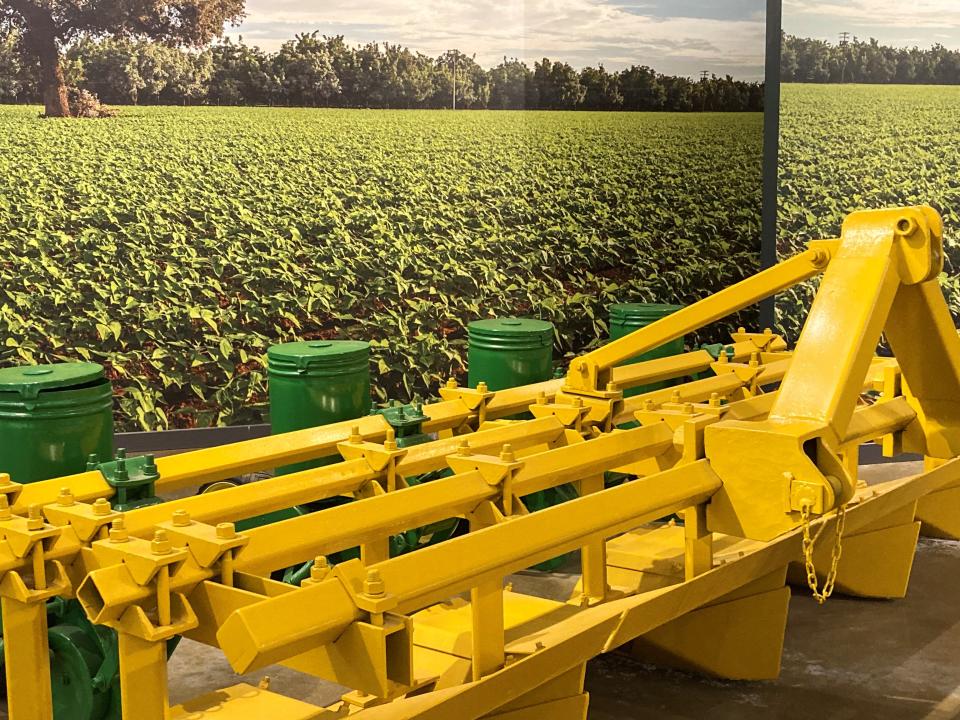
More vacation plans: Here's what to do and where to go to escape summer heat
Thinking of families with younger kids, I asked Jack, a four-year docent, about what are the highlights for 10- to 15-year-olds, based on their comments and his experience.
Jack said: "About all the kids love the Tractor Building." He suggested calendaring the spectacular Tractor Fest coming up on Saturday, Oct. 15.
He added, “Most get a kick out of the old Calaveras School when they find out how formal education once was in the 1860s and 1870s. Kids with an interest in Native American history find the Erickson Building’s Native American displays of high interest, and the talking bench depicting stories told by Native Americans to be most intriguing.”
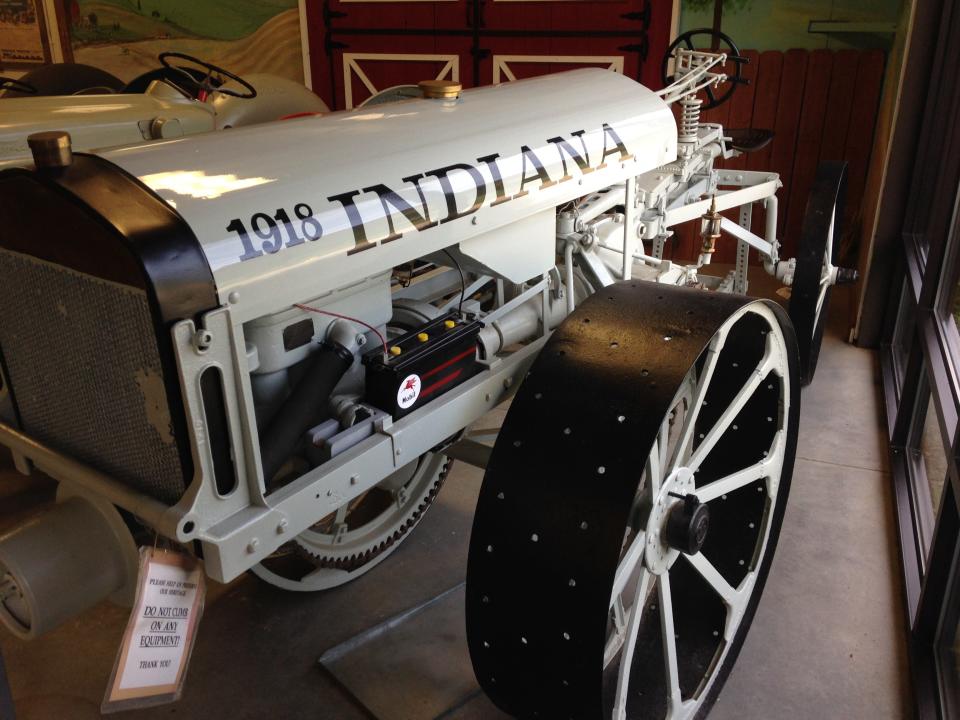
Our first stop was the Erickson Building, first wandering through the Native American exhibit and thoughtful talking bench with stories featuring the Miwok- and Yokuts-speaking nations that cared for this region for millennia. Next stop, the “prairie schooner” wagon, built to haul 1,000 pounds of food and equipment on the long trip to California; just down the hall, the Capt. Charles Weber exhibits with recreated rooms set in period fashion.
As we toured the re-created Capt. Weber rooms, Jack acknowledged old-school amenities like chamberpots under the bed, as well as daughter Julia Weber’s buggy on display. We would later also take a walk around the Julia Weber house, built for the Weber daughter on Weber Point, then moved in 1901 to a new location on the Calaveras River, then just a few years ago, to the San Joaquin Historical Society grounds.
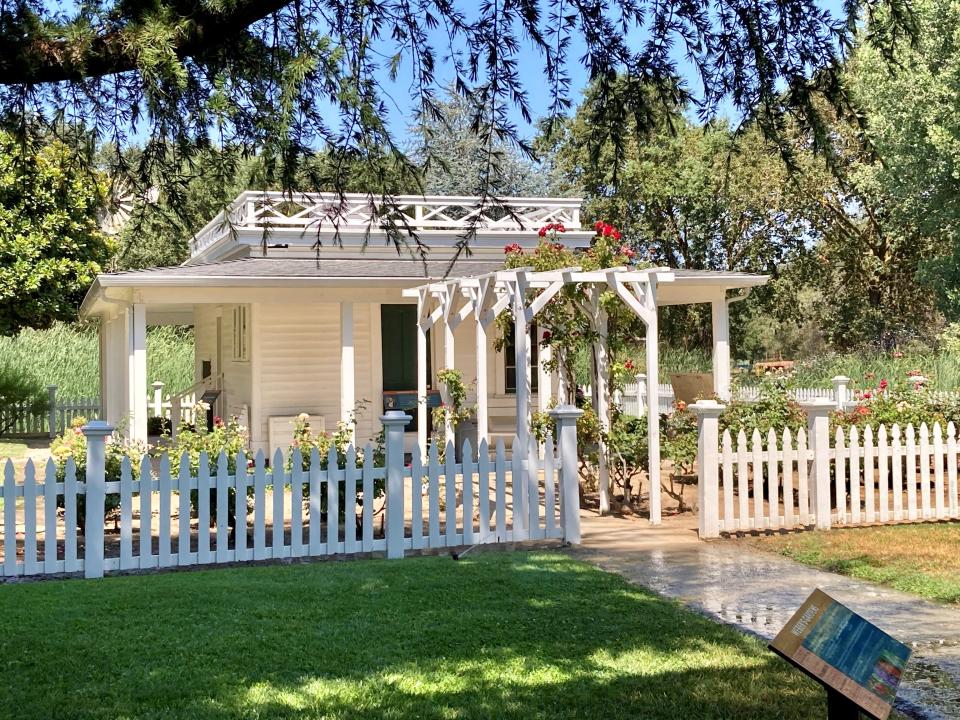
In passing the old Calaveras School building, I noted the health of the robust Flame Tokay grape vineyard, with Jack noting it’s celebrating its 100th anniversary this year. Museum maintenance manager Rigo Ruiz happened by, and shared the extra attention they’ve given to the vineyard in the last year, noting their hopes their grapes would win an award in the local competition. I surreptitiously sampled one — delicious!
We toured the Cortopassi-Avensino building dedicated in 2010 as a temple to agricultural invention and creativity. It features several score of exhibits on such crops as dry beans, which became a staple in the area more than 100 years ago but suffered from root rot. Invention of new implements allowed beans to be planted not 4 inches deep, but as little as ½ inch deep, eliminating the root rot and garnering even more profits for farmers who could plant two crops per season.
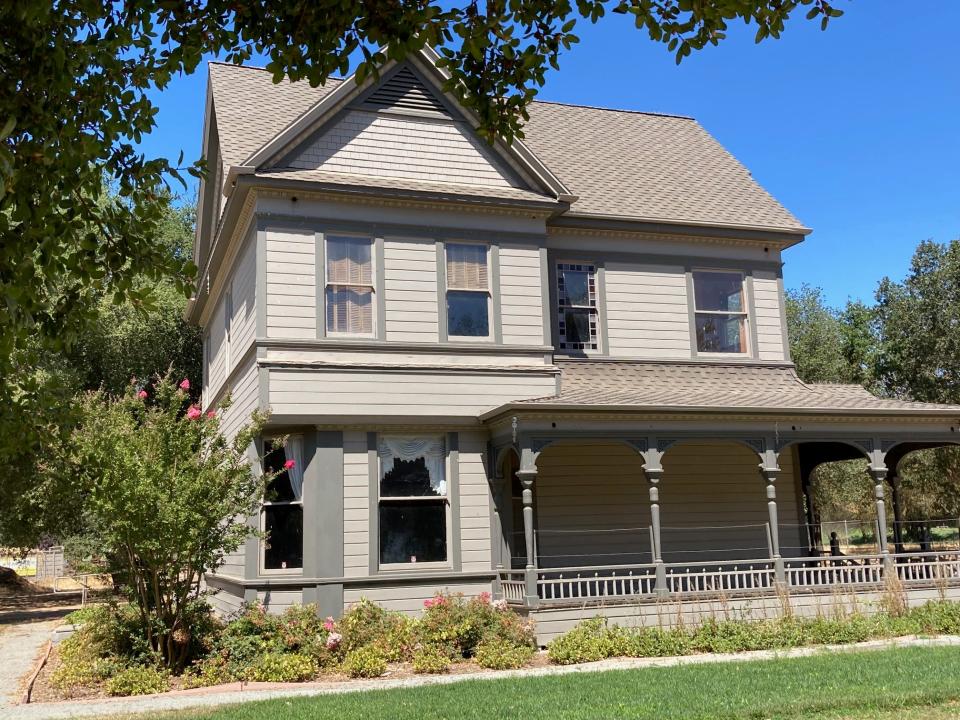
We finished our tour with a leisurely, cool walk through the Sunshine Trail and stopped at several shady locations as a mountain stream meanders through coastal redwoods, mountain pines and Valley oaks. Stop to sit and listen to the “talking benches” share thoughtful words of John Muir on Reflections of the Sierra Nevada, the words of members of the 1841 Bidwell party share the adventures of the first American settlers to cross the Sierra and traditional Yokuts tribal members share the story of the creation of the Coast Range and the Sierra Nevada.
On the trail, Jack pointed out a small covered bridge, built using the same construction techniques as the Knights Ferry covered bridge, the longest covered bridge west of the Mississippi at 380 feet, circa 1863. It was once located in San Joaquin County on the old Stockton-Sonora Road before the county line was realigned, placing it in today’s Stanislaus County. (Take a day trip to lovely Knights Ferry Park to tour the old bridge, remains of an old mill and the lovely small town of Knights Ferry. The Stanislaus River also offers tubing and swimming options.)
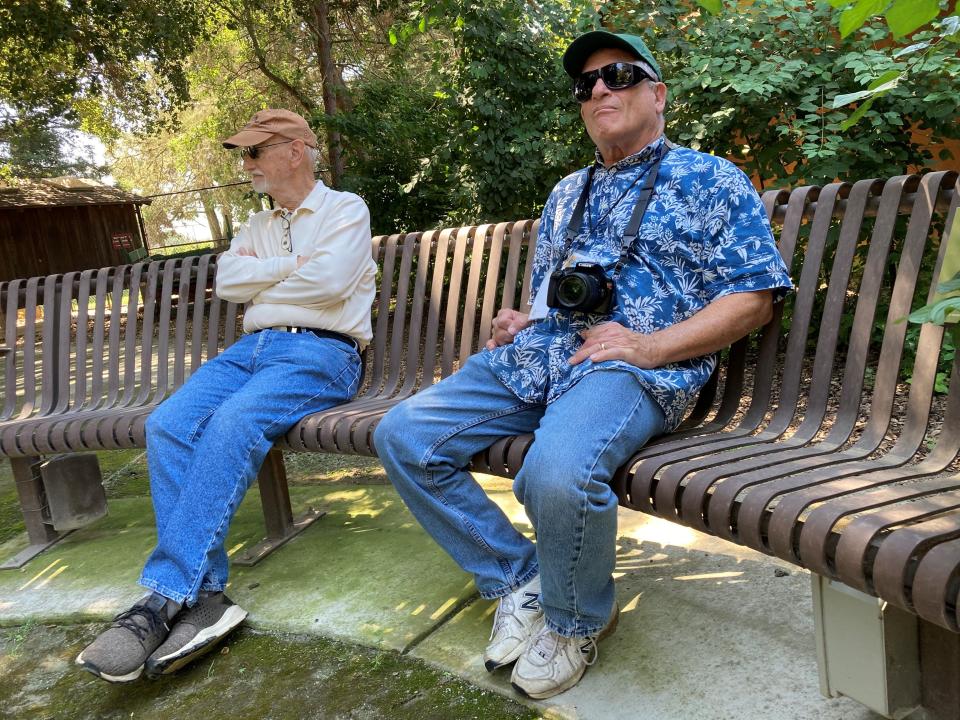
Had we more time, we could have toured many other museum buildings, showcasing early American settlers who emigrated to build families, farms, and communities here, inventors and entrepreneurs such as Benjamin Holt and R.G. LeTourneau, who started international corporations.
Other exhibits feature the thousands of immigrants who built levees in the Delta, toiled in our fields, and brought new energy and ideas for agriculture or innovators like Stephens Brothers Boats, who built more than 1,000 runabout and work boats that plied the Delta for many years. And let the kids loose in the Tractor Building or the building featuring huge earth-moving equipment!
The Historical Society traces a county tradition of innovation, ingenuity and creativity and will whet visitors’ appetite to learn more. Museum docents are happy to share more insight and suggestions.
More historical haunts:
These road trips feature hikes, history and stunning scenery
Exploring Donner Summit, California’s most historically important square mile
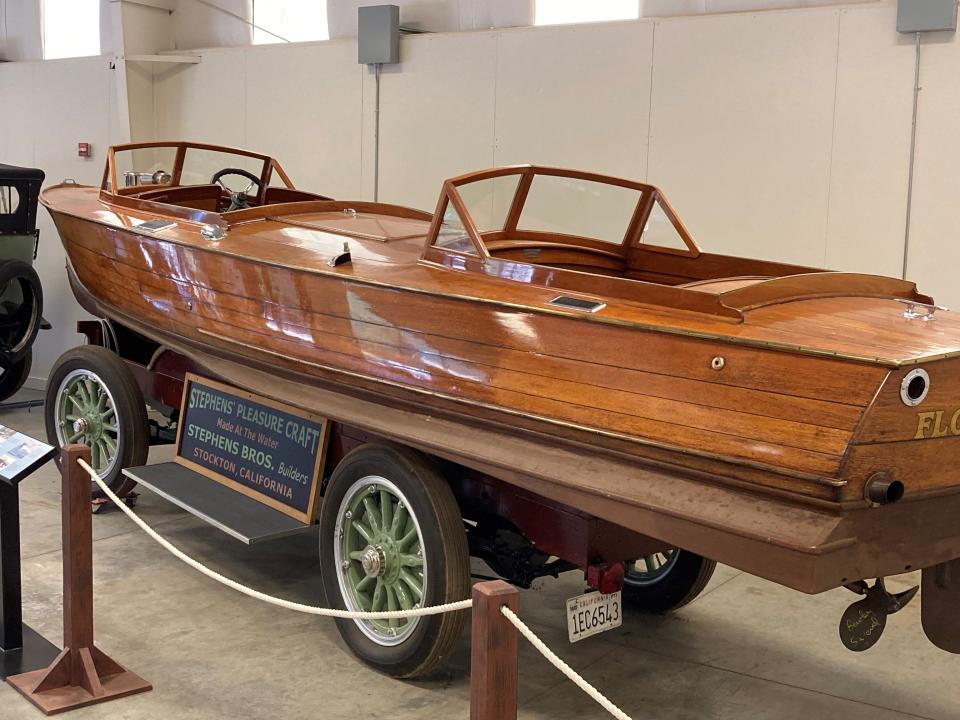
If you go
What: San Joaquin County Historical Society and Museum
Where: Micke Grove Park, 11793 N. Micke Grove Road, Lodi
When: 10 a.m. to 4 p.m. Thursday through Sunday
Information: (209) 953-3460; sanjoaquinhistory.org
Contact Tim at tviall@msn.com. Happy travels in the West!
This article originally appeared on The Record: San Joaquin Historical Museum in Micke Grove Park includes hands-on history for kids

